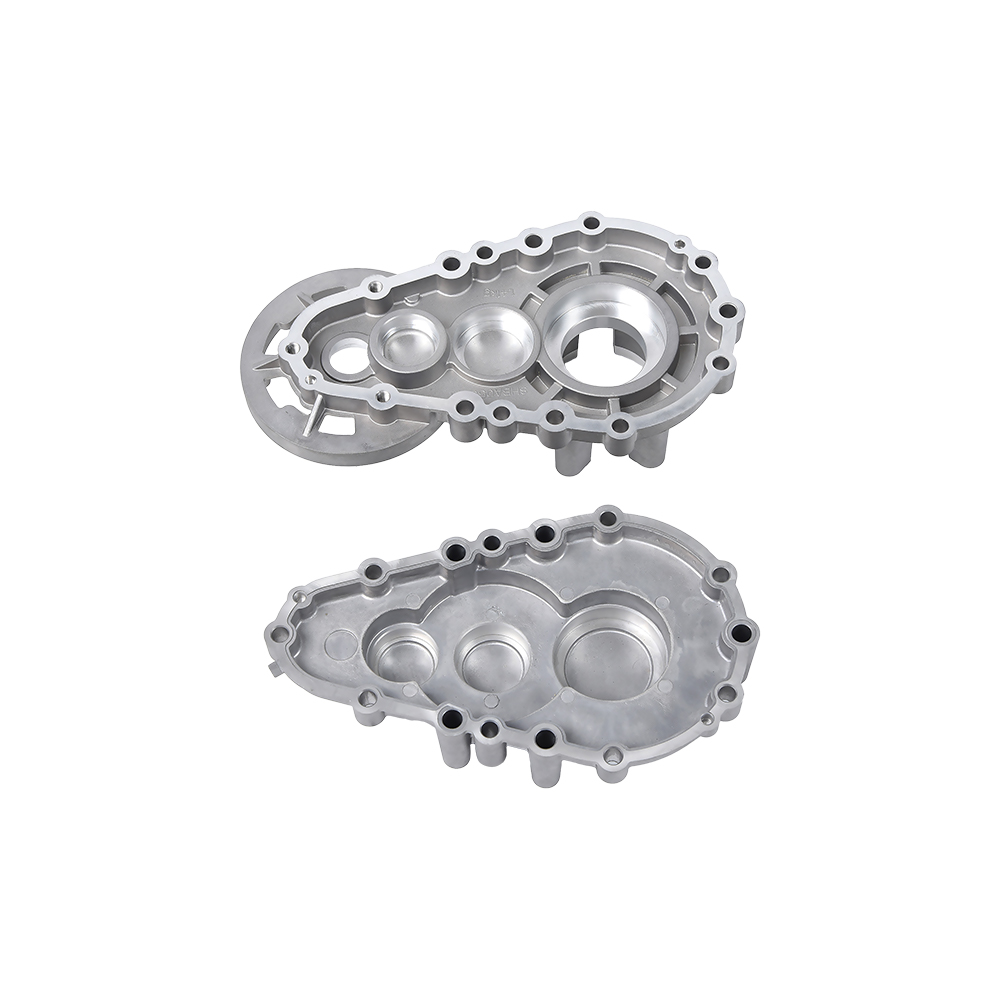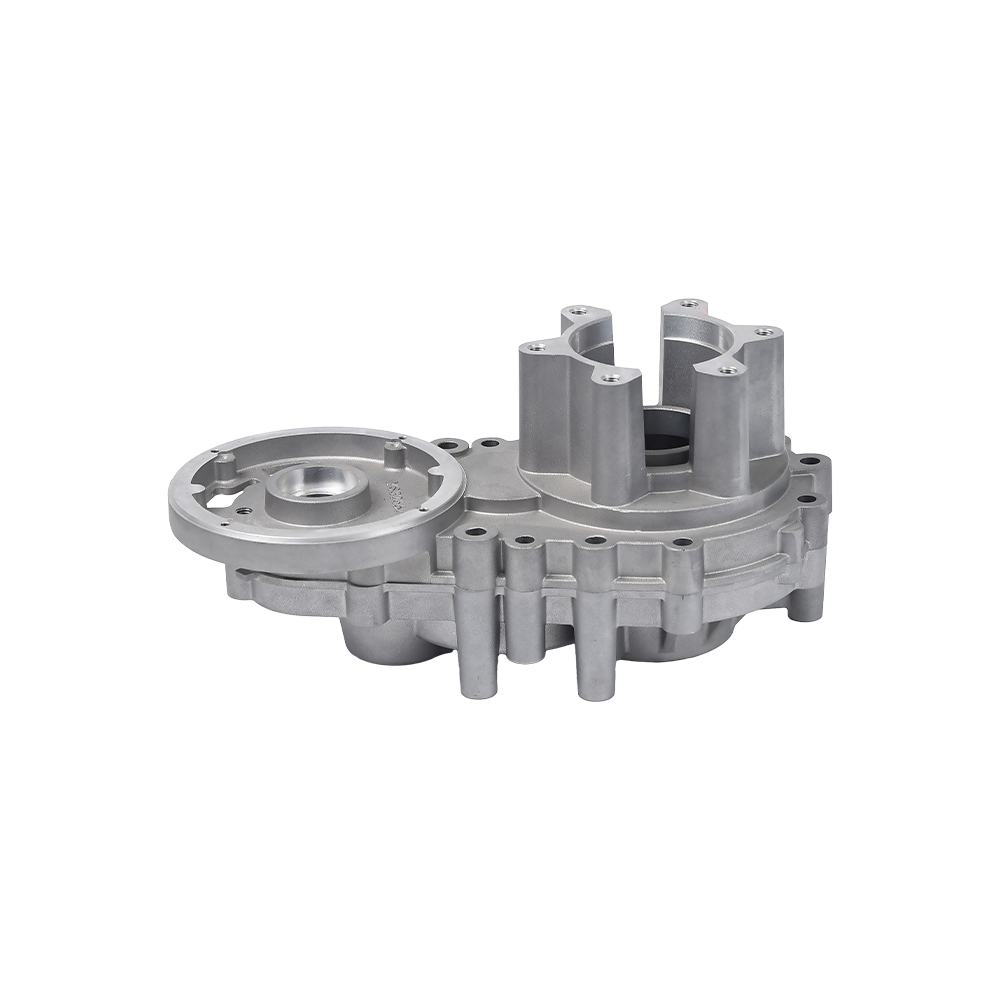If there is water vapor entering the motorcycle crankcase, it can cause oil emulsification, which is a common but important issue to be aware of. The following is a detailed introduction of the points:
1、 What is oil emulsification?
▸Definition:
Emulsification of engine oil refers to the formation of a milky white or off white emulsion like "cream" by mixing water with engine oil.
▸Essence:
The engine oil itself is insoluble in water. When water vapor enters the crankcase and forms small water droplets in the engine oil, it forms an oil-water mixture emulsion after stirring.
2、 How does water vapor enter the crankcase?
▸Condensation water infiltration:
When the weather is cold or the engine is frequently started short distances, there is a large temperature difference inside the engine, which can easily form condensation water in the crankcase.
▸Moisture in the intake system:
The air filter sucks in humid air, and the water vapor enters the box through the crankcase ventilation system (such as PCV valve).
▸Water seepage during cycling/car washing:
When a motorcycle is submerged in water or washed under high pressure, water seeps into the crankcase from poorly sealed areas.
▸Damaged cylinder gasket or cracked cylinder (rare):
Coolant or water seeps into the crankcase through the damaged cylinder structure.
3、 The hazards of oil emulsification
▸Reduce lubrication performance:
The lubricating ability of emulsified engine oil greatly decreases, exacerbating wear on components such as crankshafts, connecting rods, and bearings.
▸Accelerate corrosion of parts:
Moisture causes oxidation and rusting of internal metal components, especially steel bearings and crankshaft journals.
▸Blocked oil passage:
Emulsified oil has high viscosity and poor fluidity, which can easily block the filter screen and oil passage, affecting the normal operation of the lubrication system.
▸Engine performance degradation:
The decrease in oil quality may cause problems such as overheating, abnormal noise, shaking, and even early engine damage.
4、 How to detect oil emulsification?
▸Oil color change:
The engine oil appears milky white, grayish white, or coffee colored cloudy.
▸The oil cap has a "creamy" substance:
Especially in winter or humid seasons, white sludge like substances may be seen when opening the oil filling port.
▸Abnormal increase in oil level:
Moisture mixing causes the oil level to exceed the normal range.
5、 Response measures
▸Timely replace engine oil and filter:
Once emulsification is found, the engine oil should be replaced immediately and the inside of the crankcase should be thoroughly cleaned.
▸Check the sealing and ventilation system:
Check if the crankcase vent is blocked and confirm that the gasket and oil seal are not damaged.
▸Avoid water immersion and wash the car correctly:
Try not to ride in deep water and avoid washing the engine area directly when washing the car.
▸Long term operation to disperse water vapor:
Occasional prolonged normal driving can help raise the oil temperature and evaporate moisture from the crankcase.

 English
English русский
русский Español
Español










